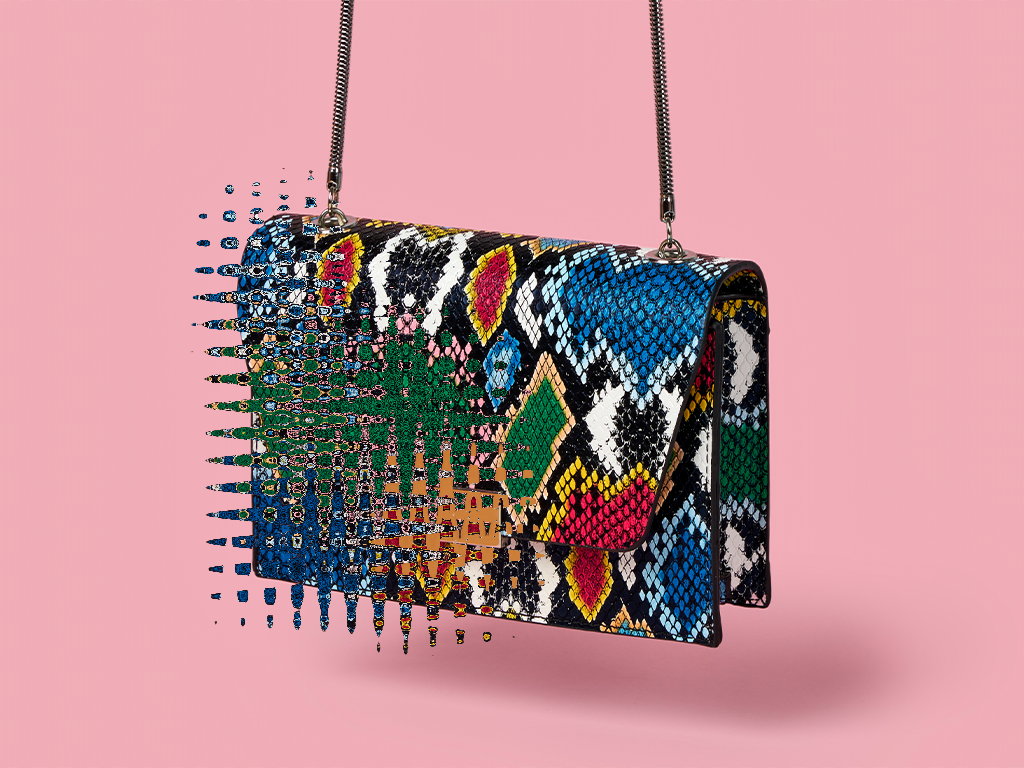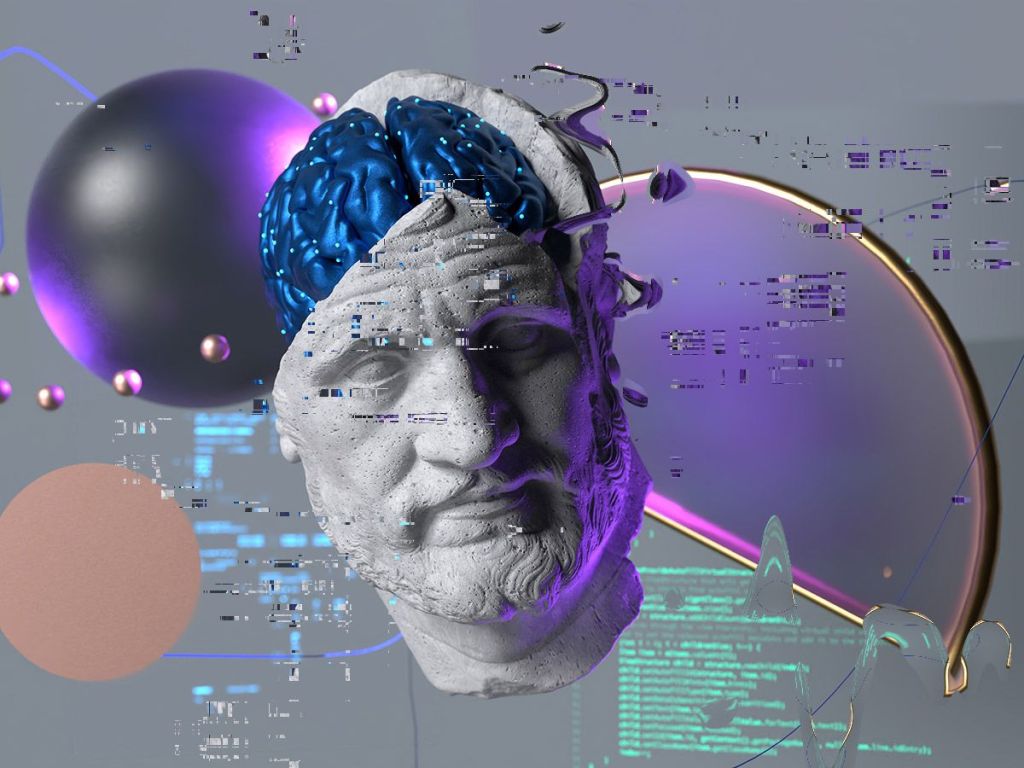With the rise of gaming and virtual worlds, brands now have the opportunity to explore novel Web3 commerce models to captivate younger consumers in new ways.
Ashi Bhat of Insider explores the drivers behind direct-to-avatar commerce and examines how brands can navigate products, marketing and data in a virtual-first economy.
In the year 2030, gaming has become the cornerstone of a new economy, where virtual worlds have blossomed into bustling marketplaces that drive global commerce.
Consumers trade virtual goods, earn digital currency and build virtual empires around their favourite brands. With each passing day, gaming becomes more integral to the fabric of society, a force that connects people across continents, cultures, and socio-economic backgrounds.
A new era of commerce is dawning; a world that exists offline, online and on-chain. The true potential of this new era lies in the metaverse.
The metaverse is best characterised as an evolution of today’s internet and a persistent, shared virtual world where people are represented by digital avatars. This can include centralised gaming environments like Roblox and Fortnite, decentralised worlds like Decentraland and Sandbox, and personal avatar services like Ready Player Me and Bitmoji.
As these virtual environments gain momentum, they become an indispensable marketing tool for brands to connect directly with avatars, craft experiences that matter and forge communities that earn enduring cultural and market significance.
The direct-to-avatar economy refers to an emerging business model selling products directly to avatars, with consumption taking place virtually and bypassing the logistics of physical product distribution.
But what are the drivers behind direct-to-avatar commerce? And how can brands best navigate products, marketing and data in a virtual-first economy?
What factors are fuelling social gaming commerce?
Video games are played by three billion people globally, generating revenues of US$200 billion (AU$300.8 billion) last year. The gaming industry, which boasts a diverse and expanding user base, is projected to be worth US$321 billion (AU$482.8 billion) by 2026. The pandemic accelerated the shift from traditional media to digital media and gaming consumption, by forcing people into virtual spaces for connection. Today, gaming is the largest category in the entertainment industry, with revenues surpassing Hollywood.
Given this emerging economy, brands want to establish a presence where their customers are. While TV is increasingly fragmented across niche streaming services and fan bases, large video games are broad, diverse and gender neutral, providing reliable focal points.

Gaming offers a gateway for brands to start experimenting with the metaverse and attract new fans from the communities of consumers devoted to franchises like Roblox and Fortnite. In addition, incorporating brand partners into these immersive environments allows for an instantly accessible experience for gamers.
For many young gamers, virtual worlds have become a way of life. In the metaverse, they can create a whole new identity for themselves. For Gen Z, this has become a crucial outlet for self-expression. Approximately half of all Gen Z users say that expressing themselves through their in-game identity is more important than expressing themselves in the physical world, and 70% say that they borrow ideas for their physical selves from their avatars.
In the same way that millennials shifted from material goods to experiences, younger generations are moving from the ownership of physical to digital goods. With over $360 billion in spending power, Gen Z has an outsized impact on the economy, and the brands that embrace this new era of self-expression will be the ones that resonate most with this influential generation.
Gaming leverages community-oriented experiences rooted in active participation
While the average consumer may be enrolled in 14.8 loyalty programs, they’re only active in 6.7. It’s clear that consumers are becoming increasingly discerning about which brands they choose to engage with.
The metaverse offers an inherently social experience — a trait that sets it apart from solo VR experiences.
Users can interact with other players, build relationships and foster a sense of community. Customers can write themselves into the brand narrative through engaging in metaverse world building activities, peer-to-peer social interactions and shared experiences. Paired with NFTs, consumers have the opportunity to blend their digital identity with shared social experiences like never before.
Consider this: a user might participate in a brand launch within the metaverse, which is becoming increasingly common in gaming environments. During this event, they can interact with other avatars, collaborate on group activities and receive tokens as proof of their attendance.
This token then becomes a part of their avatar and digital identity, which is immutably linked to the brand through the blockchain — a part of the brand tied to their identity forever. By offering alternative tools to deliver interactive storytelling, brands can build highly engaging and memorable experiences, while fostering customer loyalty.

Digital goods offer new revenue
As GenZ continues to spend more time socialising, creating, and expressing themselves in immersive social spaces, the demand for digital fashion is skyrocketing. Virtual clothing, accessories and cosmetic enhancements for avatars in online games, commonly known as digital skins, generate approximately $40 billion annually.
One-fifth of Roblox’s daily active users update their avatar on any given day, pointing to the importance of self-expression via digital apparel. In fact, Robert Triefus, CMO at Gucci’s Metaverse Ventures, believes that establishing a foothold in the virtual realm isn’t just about marketing, but rather an investment that will pay off in the form of significant revenue growth in the years to come.
Virtual-first product design
Virtual gaming environments allow brands to unleash their creativity in product design and escape physical world limitations. Take PacSun, whose best-selling virtual product was an enormous pair of gold wings in Roblox that could never exist on a physical store shelf. According to Salesforce, Gen Z is four times more likely than Gen X to buy a physical product if it is paired with a digital twin.
Brands can create digital twins of their physical products to allow customers to express themselves both online and offline. Forever21’s viral success with their virtual beanies available to buy on Roblox is a prime example of this. The virtual beanies cost approximately $500 to launch but sold more than 1,000,000 units, offering significant cost savings for the brand.
With Gen Z allocating 15% of their “fun budget” to virtual goods, brands can leverage activations in metaverse environments as R&D testing labs to identify emerging customer trends in real-time and find new ways to retail products.
Designing for inclusivity
As the digital landscape continues to evolve, research reveals that a growing number of Gen Z social media users are opting to use avatars as their online personas, seeking to compartmentalise their identities across various social platforms, curate their online image and explore creative expression through different personas.
While 92% of people consider customisation an essential aspect of creating their virtual avatars, nearly 60% feel that inclusivity is still lacking in virtual worlds, presenting a significant opportunity for brands to meet the evolving needs of younger demographics by offering more inclusive options. By embracing this identity revolution, brands can follow in the footsteps of Bitmoji, the Snapchat-owned avatar-creation platform that introduced wheelchair Bitmoji stickers, which were shared over 30 million times within their first year post-launch.
Manufacturing scarcity
Digital assets were previously deemed less valuable than physical goods due to their ease of replication. HBR argues that there are three elements that brands should focus on to create artificial scarcity for their products in a digital economy: rarity, exclusivity and price.
An example of this strategy in action comes from Gucci, whose limited-edition digital Dionysus handbag was sold for US$5.50 (AU$8.27) on Roblox and later for US$4,115 (AU$6,187) on the secondary market. By attaching NFTs to the product, Gucci was able to establish rarity, authenticity and proof of ownership. This drove up demand and created a highly valuable digital asset. Brands can use digital assets to expand their reach and generate impressive margins, while addressing inventory challenges.

Go-to-market approach
Creating a metaverse presence is not about starting from scratch, but about using new channels to amplify a brand’s unique voice. To seamlessly fit into customers’ virtual lives, brands need to consider which metaverse to enter, why consumers would visit a branded metaverse experience, what they can do there and how to make it fun for them.
PacSun recently launched the PacSun LA-experience on Roblox, which unlike traditional gaming launches centred on shopping, was focused on creating shared experiences through world-building. Players can build their own map of Southern California and unlock a PacSun store in the game, enabling them to engage with the brand in an entirely new way. This approach can help brands tap into user generated content at scale and collect real-time feedback on customer engagement.
When developing a go-to-market approach, it is important to consider that the number of active users in virtual environments can significantly differ. For example, by the fourth quarter of 2022, Roblox boasted over 58 million daily active users, whereas Decentraland averaged 8,000 users per day.
Brands may consider incorporating gamification and augmented reality (AR) to create “phygital” customer experiences prior to investing in fully-metaversal environments. Phygital combines the physical and digital worlds to create personalised and persistent omni-channel experiences for customers.
Dior utilised Snapchat’s augmented reality technology to introduce a virtual try-on filter experience for six sneaker designs.
The integration enabled customers to buy the product instantly from Dior’s website after using the AR filter. By joining forces with Snapchat, Dior aimed to entice Gen Z consumers to purchase luxury goods by tapping into Snapchat’s massive user base of 375 million daily active users. The partnership yielded fruitful results, with Dior garnering 2.3 million views of the digital sneakers and a sixfold return on advertising investment, according to Snapchat.
Research has found that if a luxury product uses AR to create interactivity and memorable experiences, it creates an intention to purchase, particularly amongst Gen Z consumers (MIT Technology Review, 2023). The integration of augmented reality and gaming with physical experiences, provides a connection to the digital world that is favoured by the younger, tech-savvy generation.
Navigating data and metrics
According to McKinsey research, 80% of consumers are more likely to purchase from brands that provide personalised experiences, but many brands today deal with difficulties in data tracking and analysis to drive personalised experiences for customers.
Metaverse environments grant brands access to real-time behavioural data at a significantly lower cost than physical retail spaces. Brands can track avatar activity, collect instant feedback and observe user conversations. Coupled with AI-based predictive modelling and facial recognition technologies, these data sets allow for highly targeted customer experiences.
Brands will need to rethink how they measure marketing success. Digital marketing typically prioritises metrics like website traffic, conversions, “likes,” shares, and customer acquisition costs. In the metaverse, marketers will need to define new engagement metrics accounting for the unique characteristics at play. These may include primary and secondary NFT volumes traded, quality of community engagement and co-creation, and diamond hand balance (i.e. those who have not sold out of the community).
Combined with Web3, users have greater control and agency over their data in the metaverse. Consumers can choose how to collect, store and sell data on their own terms. As a result, brands must offer sufficient value to gain access to customer data. In the metaverse, companies with the most data will win.
While physical commerce will always have a place in our lives, it will continue to merge with the digital world in unprecedented ways. In this new landscape, a strong metaverse gaming presence will become an essential part of the marketing mix, much like having an Instagram account is today.
To succeed in this new environment, brands must approach it with a spirit of education and exploration. For brands willing to adapt, this is a golden opportunity to create customer connections that transcend the limitations of the physical world. This is a moment to reimagine what’s possible and become pioneers in the new era of Web3 commerce, leaving a lasting impact for years to come.





